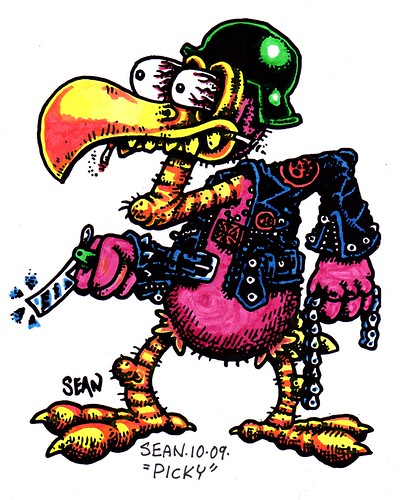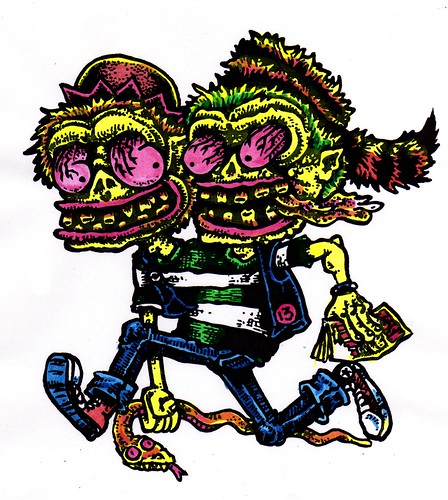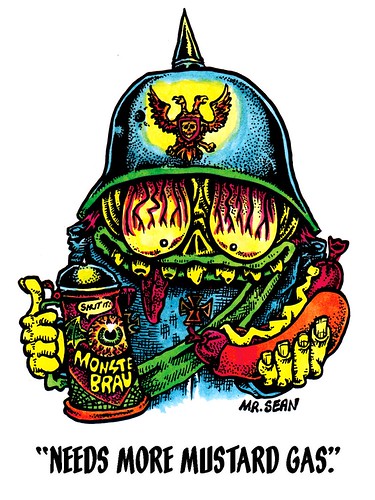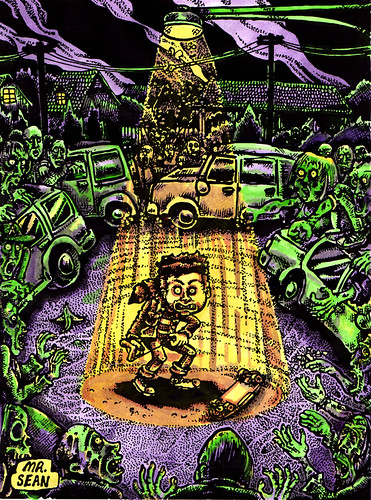
I was reading a fascinating article on an architect named Yousef Al-Mehdari who has ideas about a unique style in architecture using the patterns of human movement.
"Al-Mehdari suggests that a careful – even mathematically exact – study of human bodily movement could serve as a basis for generating new types of architectural form."
The full article can be seen
here.An exhibit of Yousef's works is on display this month in London, details
here.A quote in the article referencing this architectural style from a novel by Jeff VanderMeer really struck my interest..
"Where the sculptures of saints would have been set into the walls, there were instead bodies laid into clear capsules, the white, white skin glistening in the light – row upon row of bodies in the walls, the proliferation of walls. The columns, which rose and arched in bunches of five or six together, were not true columns, but instead highways for blood and other substances: giant red, green, blue, and clear tubes that coursed through the cathedral like arteries. Above, shot through with track lighting from behind, what at first resembled stained-glass windows showing some abstract scene were revealed as clear glass within which organs had been stored: yellow livers, red hearts, pale arms, white eyeballs, rosaries of nerves disembodied from their host."
I checked out the
Amazon link related to Jeff VanderMeer's first novel, "Veniss Underground" and found the following plot description very intriguing..
"In his masterful first novel, VanderMeer (City of Saints & Madmen) sets a dark, phantasmagoric tale in and beneath a decadent, far-future city where Living Artists craft monstrous works of biological art and genetically enhanced meerkats plot to make humanity obsolete. The story is told from three viewpoints, that of Nicholas, a Living Artist not quite talented enough to succeed; his more pragmatic, vat-grown twin sister, Nicola; and her former lover, the unsavory Shadrach, who has survived a childhood lived in the dangerous levels beneath the city and now operates above ground as an agent for Quin, the world's greatest Living Artist and the perverted master of much that is evil within the city of Veniss. When Nicholas's apartment is robbed and the tools of his trade are stolen, he goes to Shadrach and begs an introduction to Quin, hoping to find employment and resurrect his near moribund career. Alas, he fails to follow Shadrach's directions and soon disappears beneath the city, where he undergoes a wonder-filled journey that echoes Dante's Divine Comedy, the myth of Orpheus and Eurydice and the landscapes of Hieronymus Bosch, while also paying homage to the work of such genre masters as Cordwainer Smith and Edward Whittemore. VanderMeer's eye for just the right gruesome detail brings his nightmarish landscapes and bizarre, partially human creatures alive in astonishing profusion. Not for the faint of heart, the story packs a strong emotional wallop."
Anyway, I thought this would interest some of you.

































